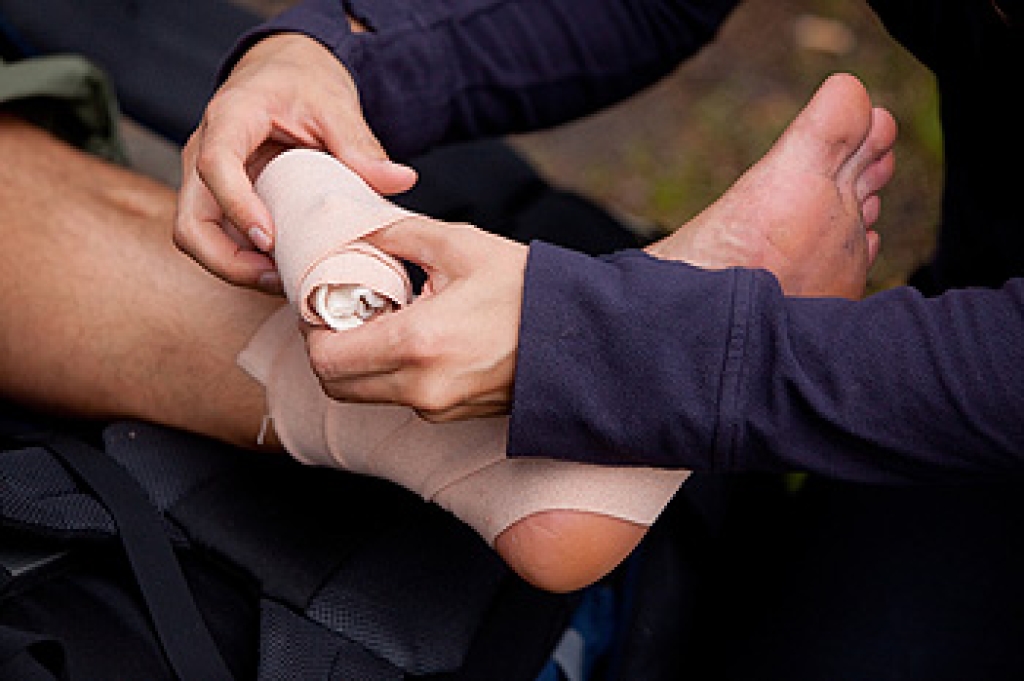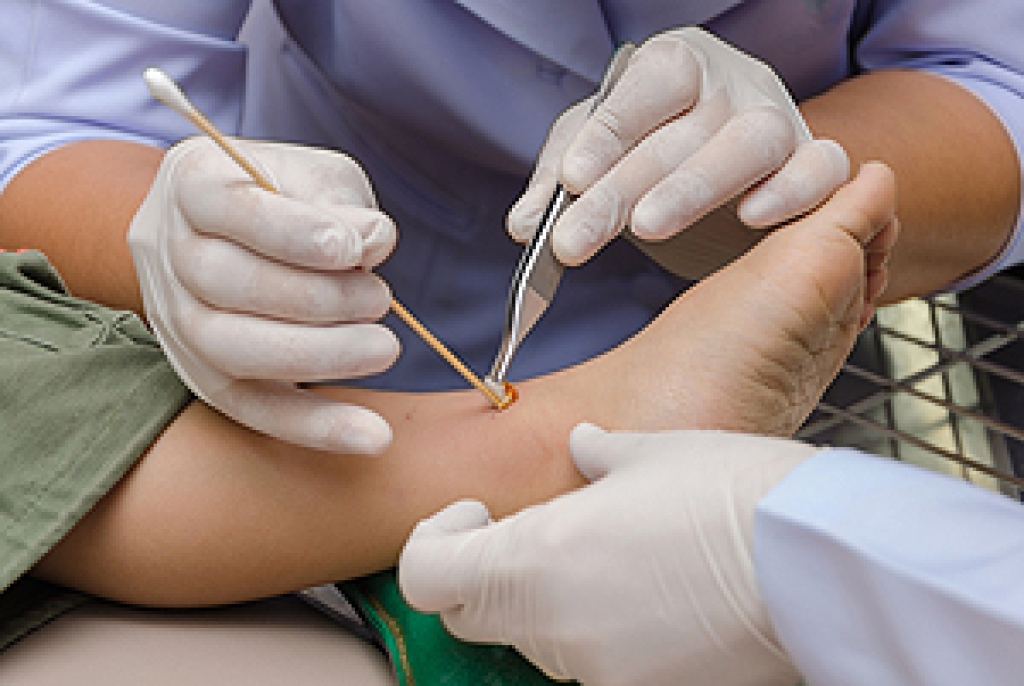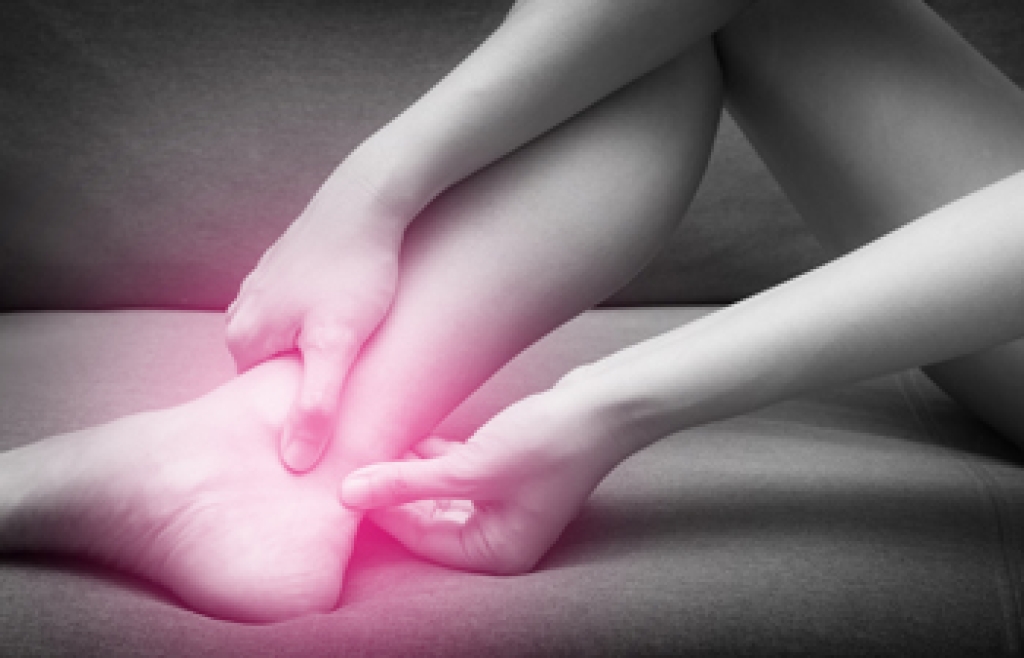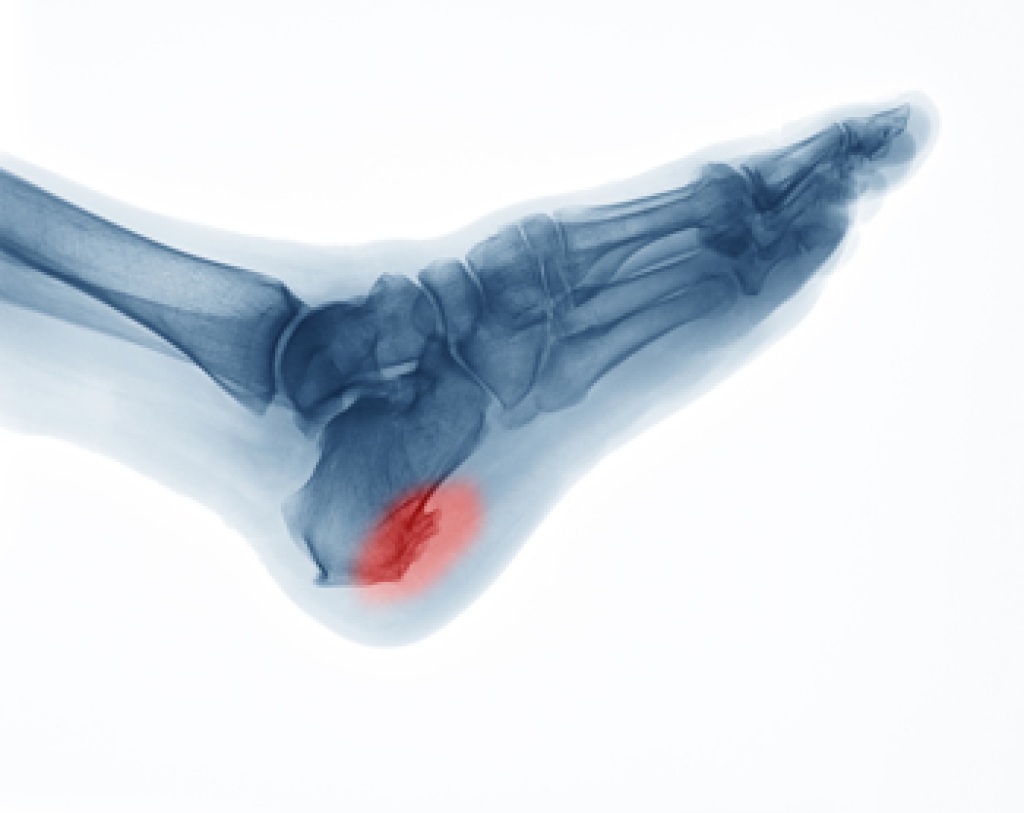 The foot injury that is known as an ankle sprain often produces severe pain and discomfort. It can occur as a result of suddenly twisting the ankle beyond its normal range, which can affect the ligaments. There are three types of ankle sprains. These are categorized into grades, with grade one consisting of minor ligament tears. The patient is often able to walk, and may experience minimal pain. Bruising and swelling may accompany a grade two sprain that is often tender when touched. A complete ligament tear can be indicative of a grade three sprain which makes walking difficult. Many ankle sprains can be prevented when you wear shoes that fit properly, and it can help to warm up and cool down before and after exercising. If you have sprained your ankle, it is strongly suggested that you confer with a podiatrist who can help you with proper treatment techniques.
The foot injury that is known as an ankle sprain often produces severe pain and discomfort. It can occur as a result of suddenly twisting the ankle beyond its normal range, which can affect the ligaments. There are three types of ankle sprains. These are categorized into grades, with grade one consisting of minor ligament tears. The patient is often able to walk, and may experience minimal pain. Bruising and swelling may accompany a grade two sprain that is often tender when touched. A complete ligament tear can be indicative of a grade three sprain which makes walking difficult. Many ankle sprains can be prevented when you wear shoes that fit properly, and it can help to warm up and cool down before and after exercising. If you have sprained your ankle, it is strongly suggested that you confer with a podiatrist who can help you with proper treatment techniques.
Although ankle sprains are common, they aren’t always minor injuries. If you need your ankle injury looked at, contact one of our podiatrists from APEX Foot & Ankle Center. Our doctors can provide the care you need to keep you pain-free and on your feet.
How Does an Ankle Sprain Occur?
Ankle sprains are the result of a tear in the ligaments within the ankle. These injuries may happen when you make a rapid shifting movement while your foot is planted. A less common way to sprain your ankle is when your ankle rolls inward while your foot turns outward.
What Are the Symptoms?
- Pain at the sight of the tear
- Bruising/Swelling
- Ankle area is tender to touch
- In severe cases, may hear/feel something tear
- Skin discoloration
Preventing a Sprain
- Wearing appropriate shoes for the occasion
- Stretching before exercises and sports
- Knowing your limits
Treatment of a Sprain
In many cases, the RICE method (Rest, Ice, Compression, and Elevate) is used to treat ankle sprains. However, you should see a podiatrist to see which treatment option would work best with your injury. In severe cases, surgery may be required.
It is important to ask your doctor about rehab options after you receive treatment for your injury. Stretching, strength training, and balance exercises may help the ankle heal while also preventing further injury.
If you have any questions, please feel free to contact our offices located in Fort Myers, Shellpoint, and Naples, FL . We offer the newest diagnostic and treatment technologies for all your foot care needs.




